I. Basic Characteristics and Uses of Geotextiles
Geotextiles, also known as geomembranes, are permeable geosynthetic materials woven or needle-punched from synthetic fibers such as polyester and polypropylene. They are characterized by high strength, resistance to acids and alkalis, corrosion resistance, aging resistance, puncture resistance, and are widely used in water conservancy, highways, railways, construction, environmental protection, and other fields. The main functions of geotextiles include isolation, filtration, drainage, reinforcement, protection, and puncture prevention.
Isolation: Geotextiles can effectively isolate different physical properties of construction materials, preventing the loss and mixing of materials, and maintaining the overall structure and function of the materials.
Filtration: When water flows through geotextiles, it can effectively intercept soil particles, fine sand, small stones, etc., preventing soil erosion and maintaining the stability of soil and water engineering.
Drainage: Geotextiles have good water conductivity and can form drainage channels within the soil to drain excess water and gases.
Reinforcement: Geotextiles can enhance the tensile strength and deformation resistance of soil, improving the stability of building structures.
Protection: They can prevent water flow from eroding soil and protect the soil from external forces.
Puncture Prevention: When combined with geomembranes, geotextiles can provide puncture resistance, enhancing the waterproof and anti-leakage properties of composite materials.
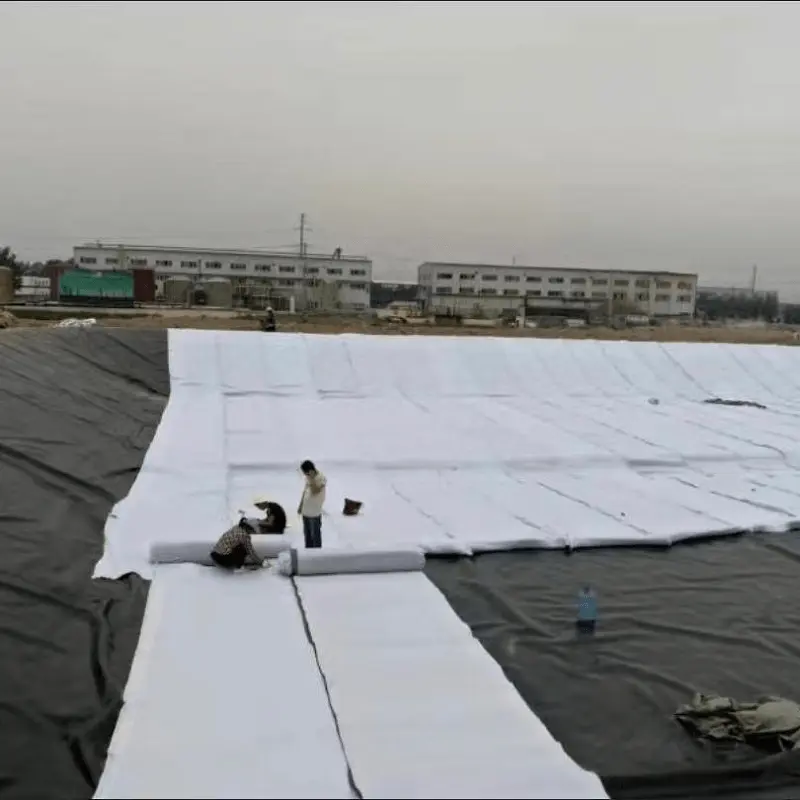
II. The Demand for Geotextiles in Ecuador's Geographical Environment
Ecuador's geographical environment is complex and diverse, posing unique demands for the use of geotextiles.
Diverse Climates: Ecuador's climates range from tropical rainforest climates to alpine climates. Tropical rainforest areas have high rainfall, requiring effective drainage and protective materials; alpine climates have large temperature differences, requiring materials with insulation and antifreeze properties.
Complex Terrain: Ecuador's terrain is varied, including mountains, plains, rivers, lakes, and other landforms. Engineering construction in mountainous areas and near rivers requires geotextiles to prevent soil erosion and soil scouring.
Frequent Earthquakes: Ecuador is located on the Circum-Pacific seismic belt, with frequent earthquakes. Therefore, using geotextiles in construction projects can enhance the stability of building structures and improve earthquake resistance.
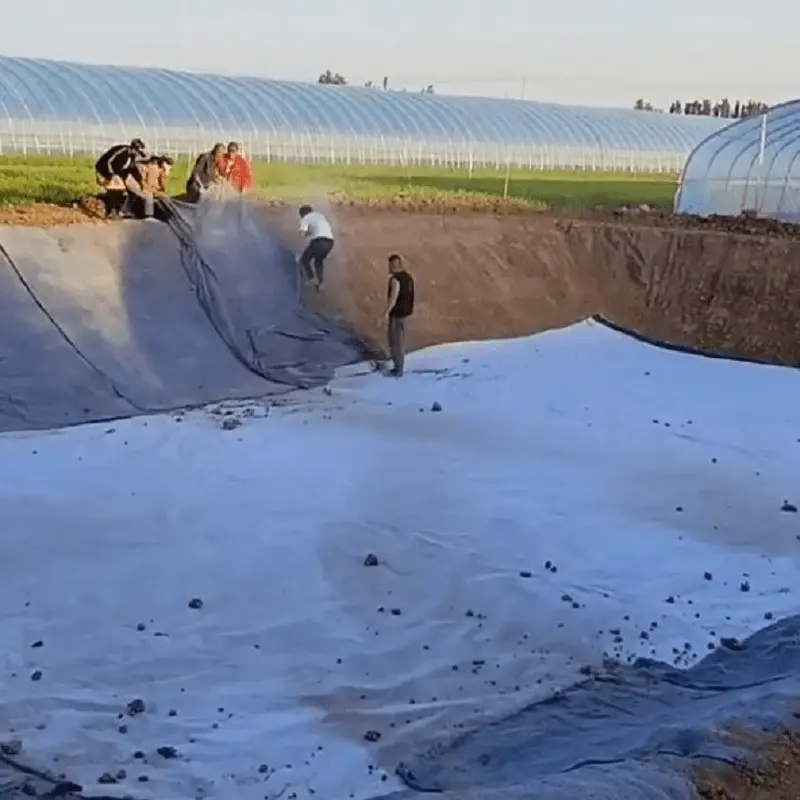
III. Specific Applications of Geotextiles in Ecuador
Water Conservancy Projects
Ecuador has numerous water conservancy projects, including reservoirs, dams, irrigation systems, etc. In these projects, geotextiles are widely used for erosion prevention, drainage, and isolation. For example, in the construction of reservoirs, geotextiles can be used as drainage materials to drain excess water from the water body, preventing erosion of the dam by water.
Data Table 1: Use of Geotextiles in Water Conservancy Projects in Ecuador
| Type of Water Conservancy Project | Purpose of Geotextiles | Quantity Used (m²) |
|---|---|---|
| Reservoir | Drainage, Erosion Prevention | 50,000 |
| Dam | Erosion Prevention, Isolation | 30,000 |
| Irrigation System | Drainage, Filtration | 20,000 |
Highway Projects
Ecuador's highway network spans the country, connecting cities and regions. In highway projects, geotextiles are used as subgrade reinforcement, pavement maintenance, and drainage materials. They can improve the bearing capacity and stability of highways, extending their service life.
Data Table 2: Use of Geotextiles in Highway Projects in Ecuador
| Type of Highway Project | Purpose of Geotextiles | Quantity Used (m²) |
|---|---|---|
| Subgrade Reinforcement | Enhance Subgrade Stability | 80,000 |
| Pavement Maintenance | Repair Cracks, Prevent Reflective Cracking | 40,000 |
| Drainage System | Drain Excess Water | 30,000 |
Construction Projects
In construction projects in Ecuador, geotextiles are widely used in basement waterproofing, green roofs, and wall insulation. They can effectively prevent water infiltration and improve the thermal insulation performance of buildings.
Data Table 3: Use of Geotextiles in Construction Projects in Ecuador
| Type of Construction Project | Purpose of Geotextiles | Quantity Used (m²) |
|---|---|---|
| Basement Waterproofing | Prevent Water Infiltration | 60,000 |
| Green Roof | Provide Drainage and Filtration Layer | 20,000 |
| Wall Insulation | Prevent Heat Loss | 10,000 |
Environmental Protection Projects
Ecuador emphasizes environmental protection, so geotextiles are widely used in landfill sites, wastewater treatment, and other environmental protection projects. They can prevent landfill leachate from contaminating soil and improve wastewater treatment efficiency.
Data Table 4: Use of Geotextiles in Environmental Protection Projects in Ecuador
| Type of Environmental Protection Project | Purpose of Geotextiles | Quantity Used (m²) |
|---|---|---|
| Landfill Site | Impermeability, Isolation | 70,000 |
| Wastewater Treatment | Filtration, Drainage | 35,000 |
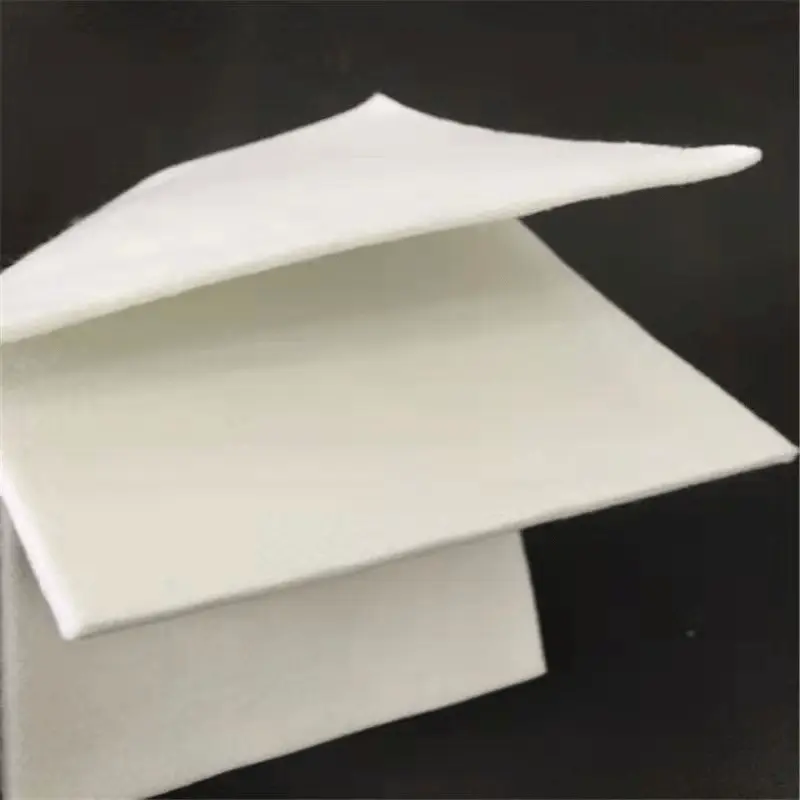
IV. Successful Cases of Geotextiles in Ecuador
In Ecuador, there are many successful cases of using geotextiles. For example, in a flood control dam project in a city in Ecuador, a large amount of geotextiles were used for erosion prevention and drainage. The project effectively prevented floods from invading the city, protecting the lives and property of the people. In addition, in some construction projects in Ecuador, such as schools and hospitals, geotextiles were also widely used for basement waterproofing and wall insulation, improving the comfort and service life of buildings.
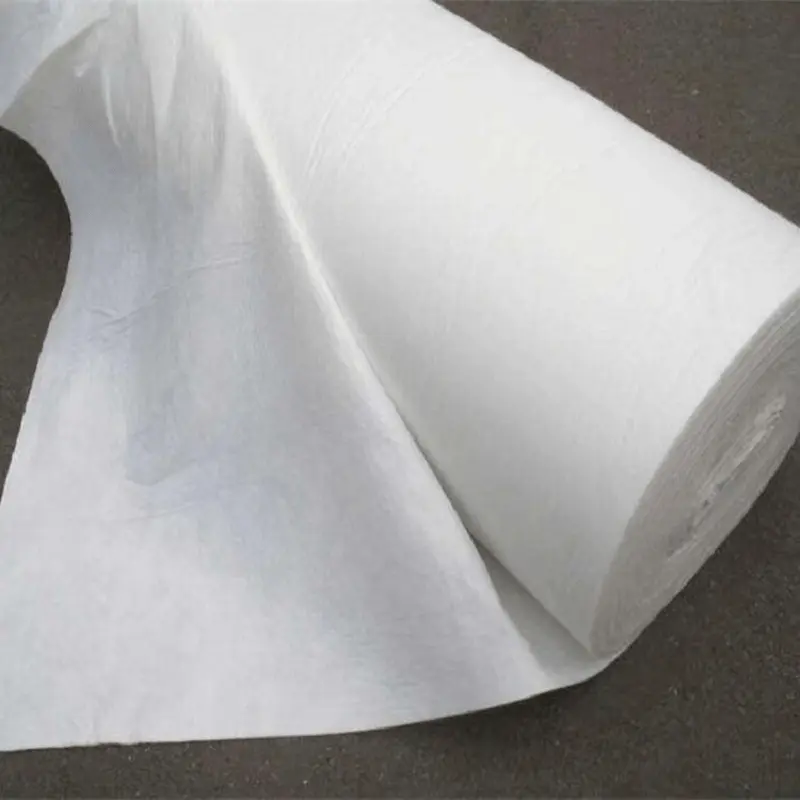
V. Conclusion
The application of geotextiles in Ecuador has achieved remarkable results, making significant contributions to Ecuador's engineering construction and environmental protection. With the continuous development of Ecuador's economy and the improvement of infrastructure, the demand for geotextiles will continue to increase. In the future, Ecuador should further strengthen the research and production of geotextiles, improve their quality and performance to meet the needs of different fields. At the same time, Ecuador should strengthen international cooperation, introduce advanced geotextile technology and equipment, and promote the upgrading and development of the geotextile industry.
In summary, the use of geotextiles in Ecuador has broad prospects and great potential. Through continuous innovation and development, geotextiles will provide more powerful support for Ecuador's engineering construction and environmental protection.
![]() 250g Filament composite geomembrane.pdf
250g Filament composite geomembrane.pdf
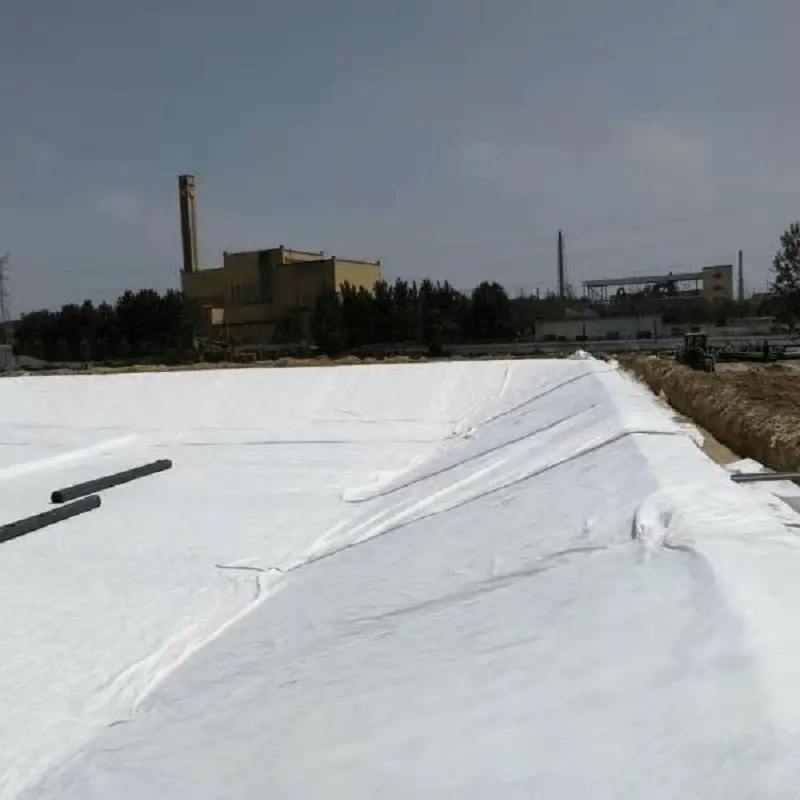
897.webp)
942.webp)
237.webp)